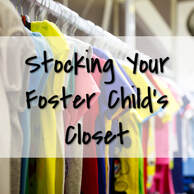 As a foster parent, you may feel a bit overwhelmed when it comes to stocking your foster child’s closet. Most foster kids don’t come to their foster homes with many clothes, so it can be daunting to figure out how to build their wardrobe -- especially when you're already dealing with paperwork, visits, and adjustments. Fortunately, there are several resources available that can help you get the job done without spending a fortune. Here are our top tips for stocking a foster child's closet. Foster Closets One of the best resources for foster families is local foster closets. These organizations provide clothing, toys, books, and other items at no cost to families in need. Some of these organizations will even come directly to your home with donations! You can find out if there is a local foster closet in your area by asking your agency, other foster parents in your community or searching online. Asking Friends and Community Another great way to stock your foster child’s closet is by asking friends and family for donations. Most people are more than willing to help if they know what is needed, so don’t be afraid to reach out and ask! While you can post your request to your followers on social media, you can also post it in local parent groups in your community. Many people have clothes their kids have outgrown stored away that they'd love someone to take off their hands. Thrift Stores Thrift stores are great for kids clothes. You can often find school uniforms, jackets, or other gently used clothes here at a low price. Your kids may even enjoy going to the thrift store and finding items they like. Consignment Stores & Facebook Marketplace You can often find higher quality gently-used clothes at kid consignment stores and Facebook Marketplace. For consignment stores, check out:
Facebook Marketplace also gives you the opportunity to find items for sale in your community. You can easily find large "lots" of clothes in certain sizes. Stocking a foster child's closet can feel like an overwhelming task but it doesn't have to be! While these are all great sources, you will still likely have to buy some items new. Hopefully these suggestions help you fill in gaps as much as possible to stretch your dollars further. From Foster Closets, to asking friends and family members for donations, to thrift and consignment shops, there are plenty of options available that will help you stock your foster child's closet quickly and on budget! Good luck!
Let's be clear, preparing for a foster placement of any age requires much more than buying a bunch of stuff. But for those who are past their training and education and are ready for the shopping, here are my suggestions for ages 2-4. (This post contains affiliate links, but these are all products I love!)
1. Toddler Bed - Kids this age can easily climb out of cribs, making them unsafe. On the flipside, standard height beds may be a hazard because kids this age fall out of bed easily. This is why toddler beds were created, no doubt. Don't forget the mattress if you don't have a crib mattress handy. 2. Plates/Cups/Utensils - There are many options out there but honestly I say go basic unless/until you know they need something specific. For plates, these are simple, BPA-free, and dishwasher and microwave safe. On cups, if kids are developmentally on target, they should be able to drink out of an open cup like this one. In case they're not, it may be good to have a closed-top cup on hand like this one; these are also great for car rides. While some kids this age will be totally ready to handle standard forks and spoons, it's probably good to have a set of toddler sized utensils, like these, on hand for those still learning. 3. Potty Seat - My suggestion for potty seats is to keep it simple. It's personal preference, but I don't necessarily want something bulky in my bathroom that would be hard to tuck away when a non-toddler needed to use that bathroom. This one worked great for us while our guys were potty training. 4. Pull Ups - This age is fairly likely to still need diapers, at minimum for over-night. Have a good gender-neutral option like these (2-3T here and 4-5T here) on hand to cover you for at least the first few weeks. 5. Night Lights - Kids this age are likely to not be big fans of the dark, so a night light or two like these in their room would likely be helpful. You can also put one in the hallway in case they wake up in the middle of the night. 6. Books - Our favorites for this age group are: - There's A Bear in My Chair - Bear on a Bike - My First Book of Emotions - Rodzilla - Leap Frog Learning Books 7. Magnetic Tiles - These tiles can keep kids, and maybe even you, entertained for hours. I would dare to say they are this generation's legos. And you don't need the name brand version to get good quality; I've used both the expensive version and a lower-cost version and I didn't notice one bit of difference. 8. Animal Figurines - These animal figurines are durable, fun and great for pretend play. We've had them for over two years, and those that haven't been left behind at Grandma's house, are still in great shape and something our kids love to play with. 9. Cars - These mini cars will spark any wheel-lovers imagination. Add a piece of cardboard to make a ramp and they'll be amazed at what these can do. 10. A few stuffed animals and a soft blankie - Kids this age love something soft to cuddle with. Get Elmo, or other recognizable and/or cute stuffed animals. And atoddler-sized blanket like this one and you'll be set.
This age group is fun as they are generally more independent than babies and toddlers and maybe just maybe have less attitude than pre-teens or teens :). After you have the bed and a dresser, here are some things we had on hand that we highly recommend. (This post contains affiliate links but are all products I love!)
4. Marble Run -- You'll probably have to be the one to build it, at least the first few times, but the kids will love putting the marbles at the top and watching them make their way down over and over again. And somehow, it's pretty fun for you too!
8. Puzzles — This is a great bonding activity as you work together. It also provides a great distraction and doesn't involve screen time!
9. Walkie Talkies — This is another one that has the ability to keep kids entertained for hours. Bonus if you have more than one kid in the house (otherwise you'll need to be on the other end). 10. Books -- We make family reading time a daily activity and it has helped so much with bonding. Some of our favorites for this age group are:
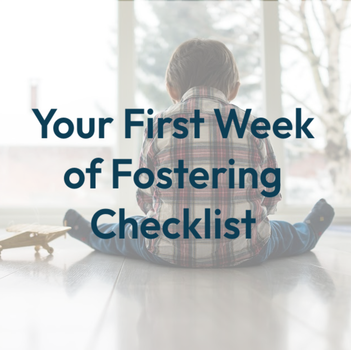 I knew the first few weeks/months of fostering were going to be challenging but I was still surprised by the reality: mandatory doctor appointments, forms, visits, school enrollment, not to mention trying to help everyone adjust--it all felt a bit overwhelming in that moment. I've realized it doesn't actually have to feel that way if you know what steps you have to take and then just take it one step at a time. Here's the checklist I'll be using for our next placement. First 24 Hours
Day 2 & 3
Day 4-7+
The first week is filled with plenty to do, without a doubt. Fortunately, as paperwork and mandatory appointments slow down a bit, you then get to focus more on building routine and bonding—the good stuff. |
AuthorI'm a foster mom, bio mom, working mom, special needs mom, busy mom. I'm also married to my high school sweetheart, I'm a proud 23-year childhood cancer survivor, and I'm passionate about serving my community. More from FosterMamaArchives
March 2023
Categories
All
|

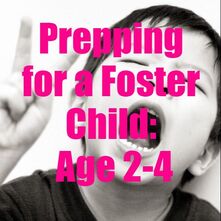
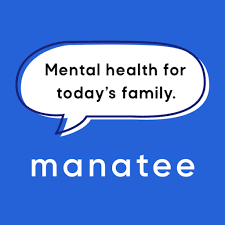



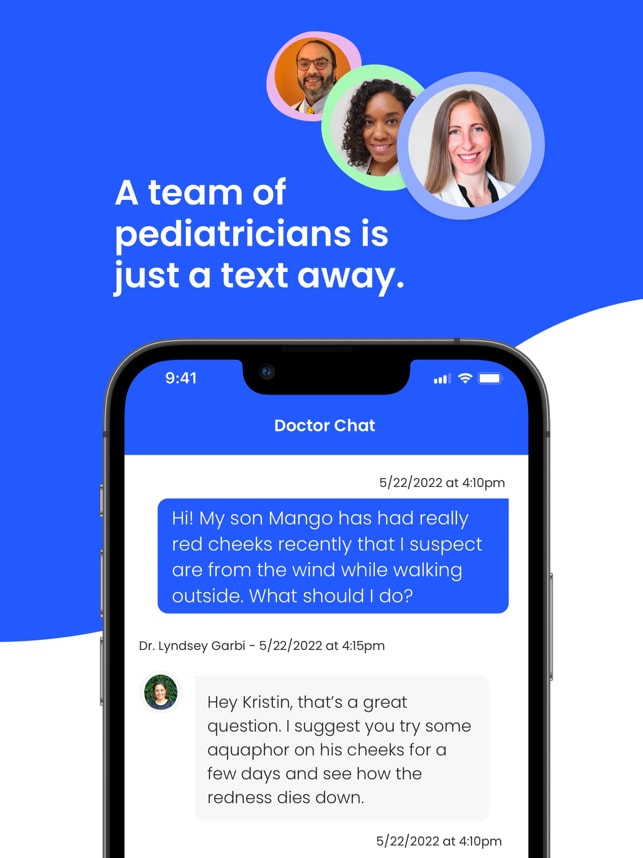
 RSS Feed
RSS Feed